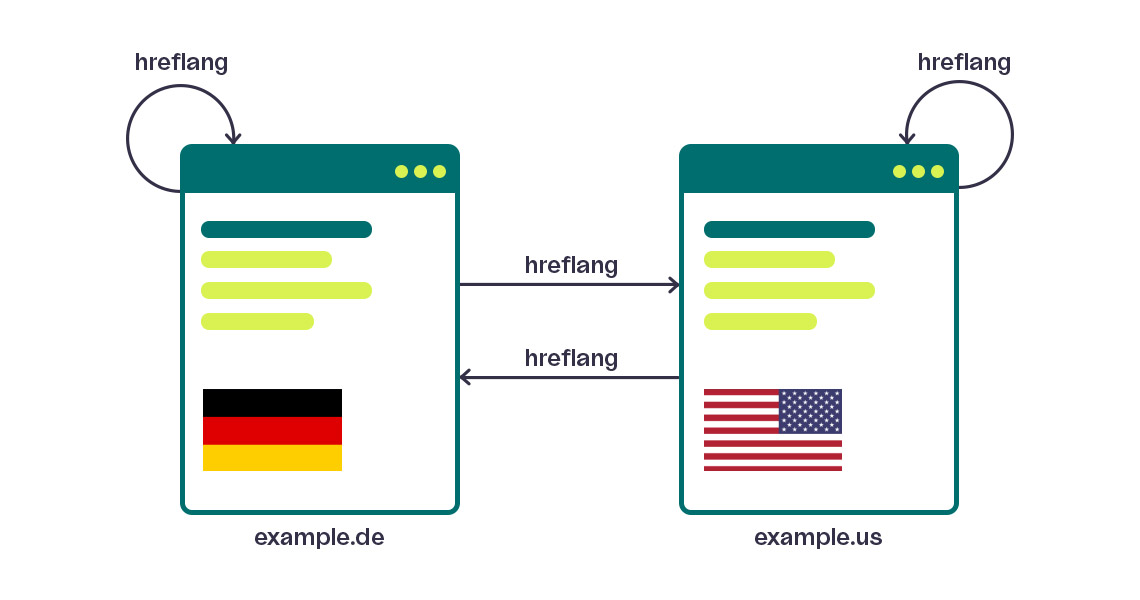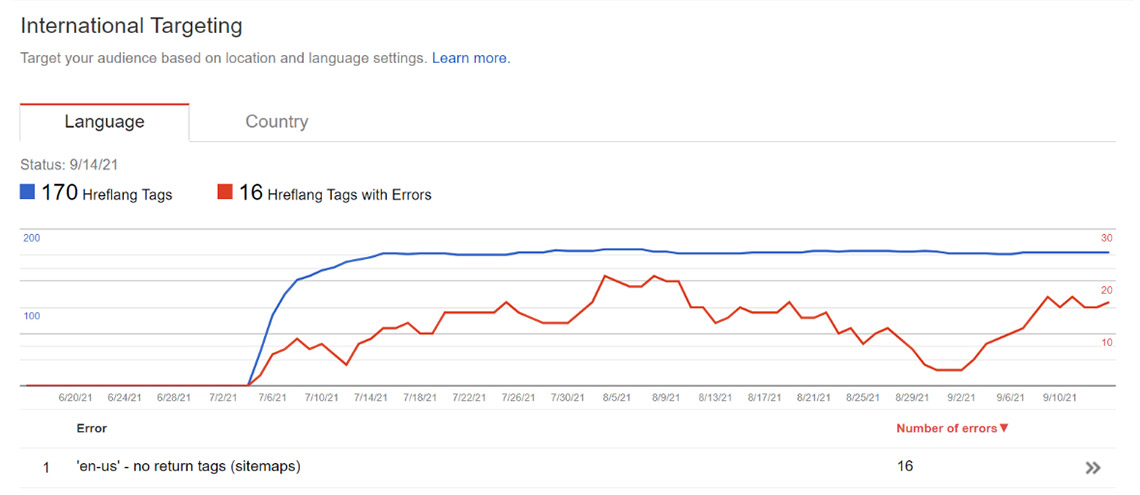For global brands with multi-regional presence and multi-lingual websites, precise SEO targeting of their customers is a must.
There is nothing more frustrating for a customer than finding what you want but at the wrong locale – for a brand that means missed opportunity.
Problem & Solution
When the same brand has several websites for different markets and languages it’s often the case that one of the websites has an overpowering organic search presence over all other brand sites. For instance, if the .com (English-US website domain) dominates the brand-related search results in all the markets customers tend to finish their customer journey before it even started.
Resulting in negative brand awareness and missed opportunities for the brand. Also, a website with multilingual content is often faced with the problem of having the wrong language or incorrect country pages showing up in the search results.












